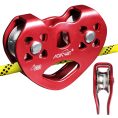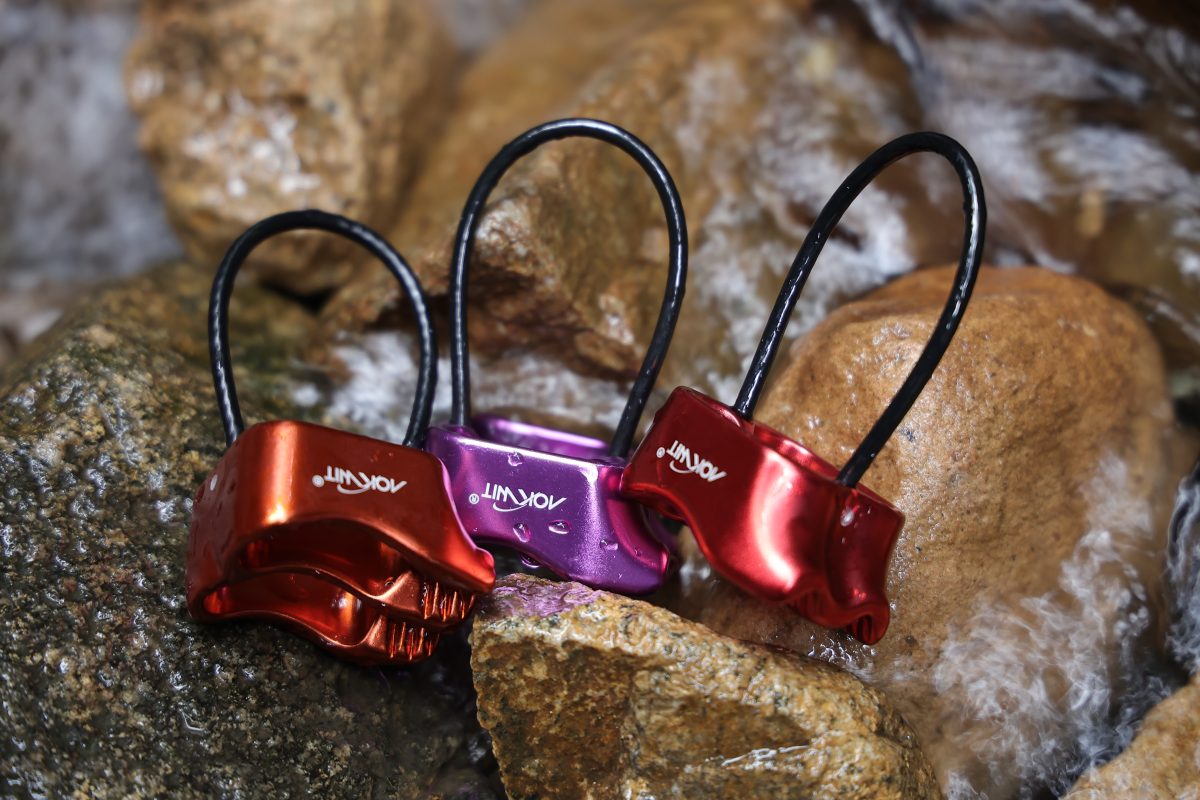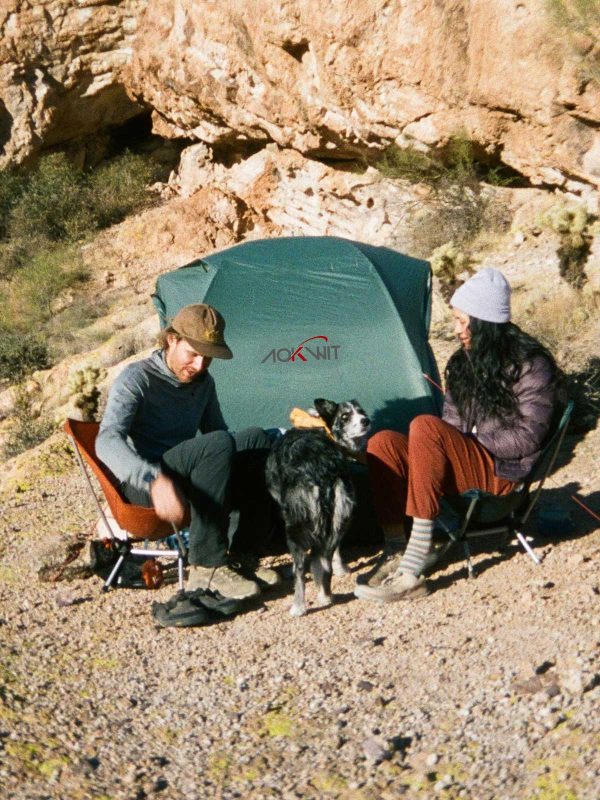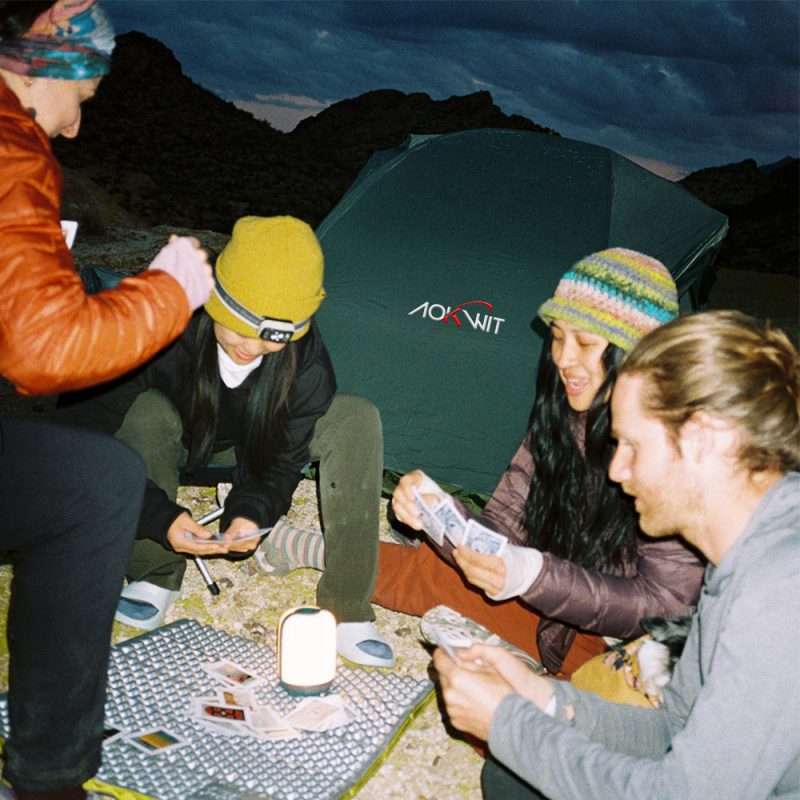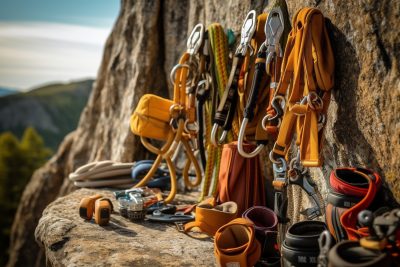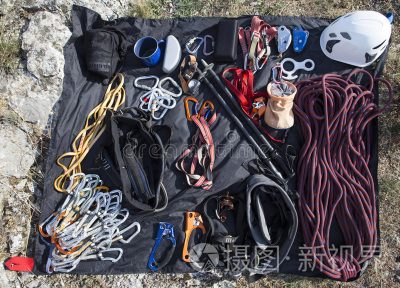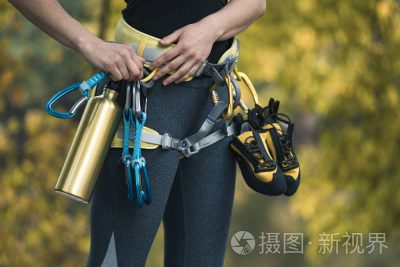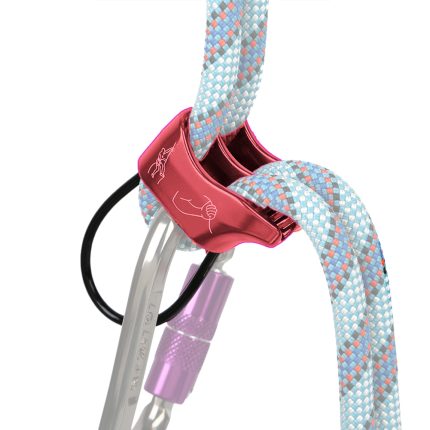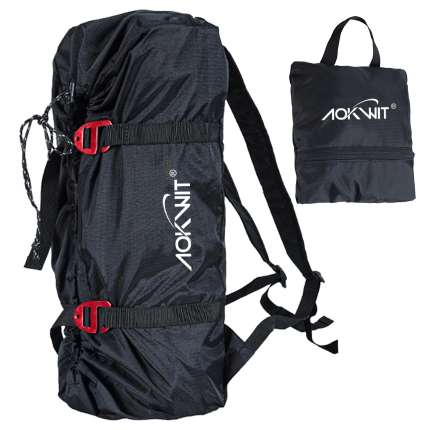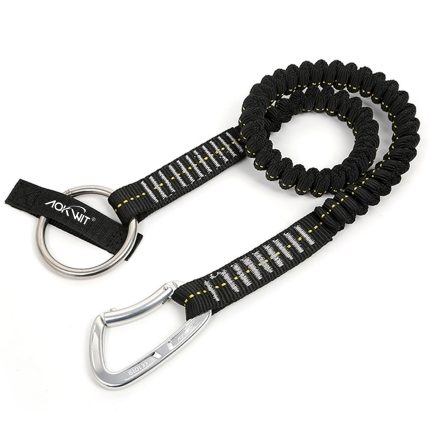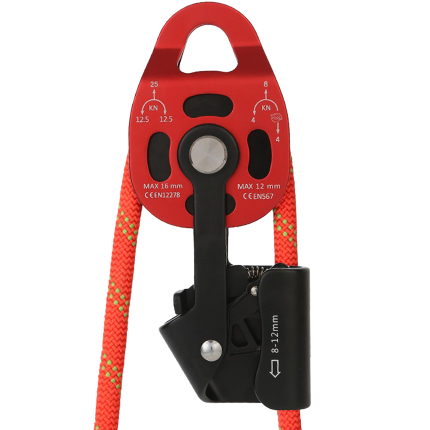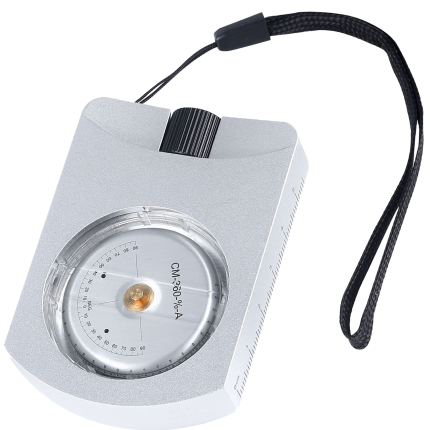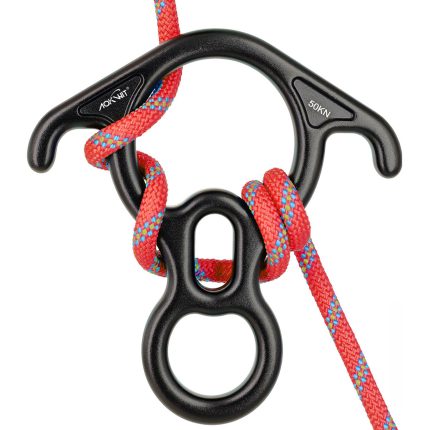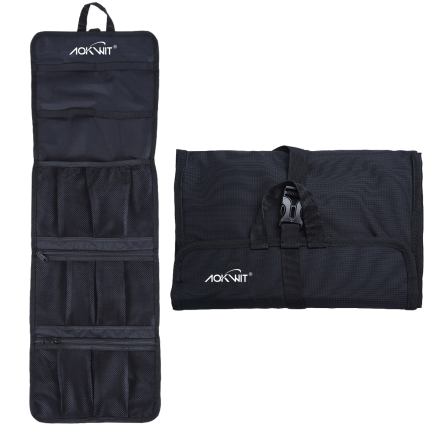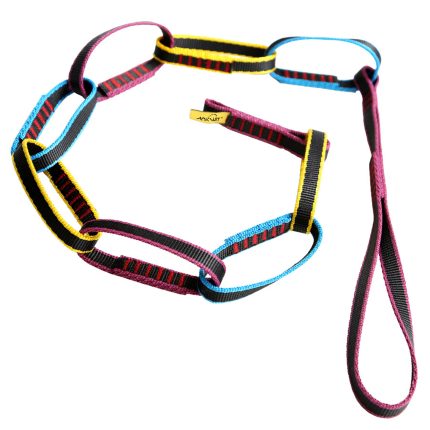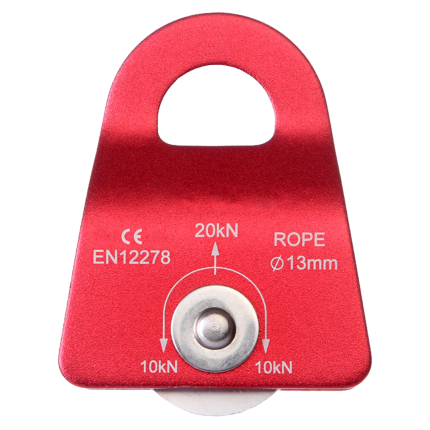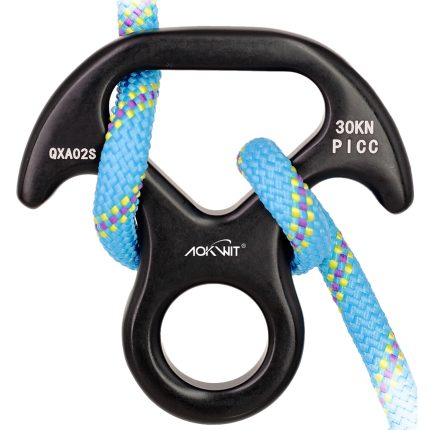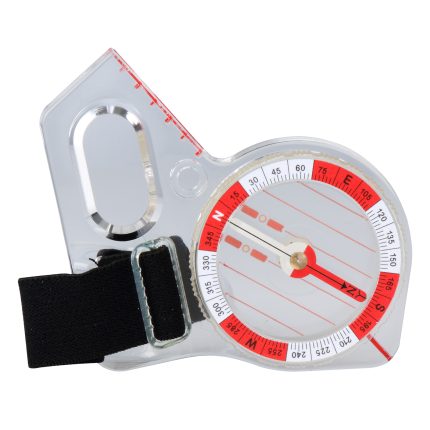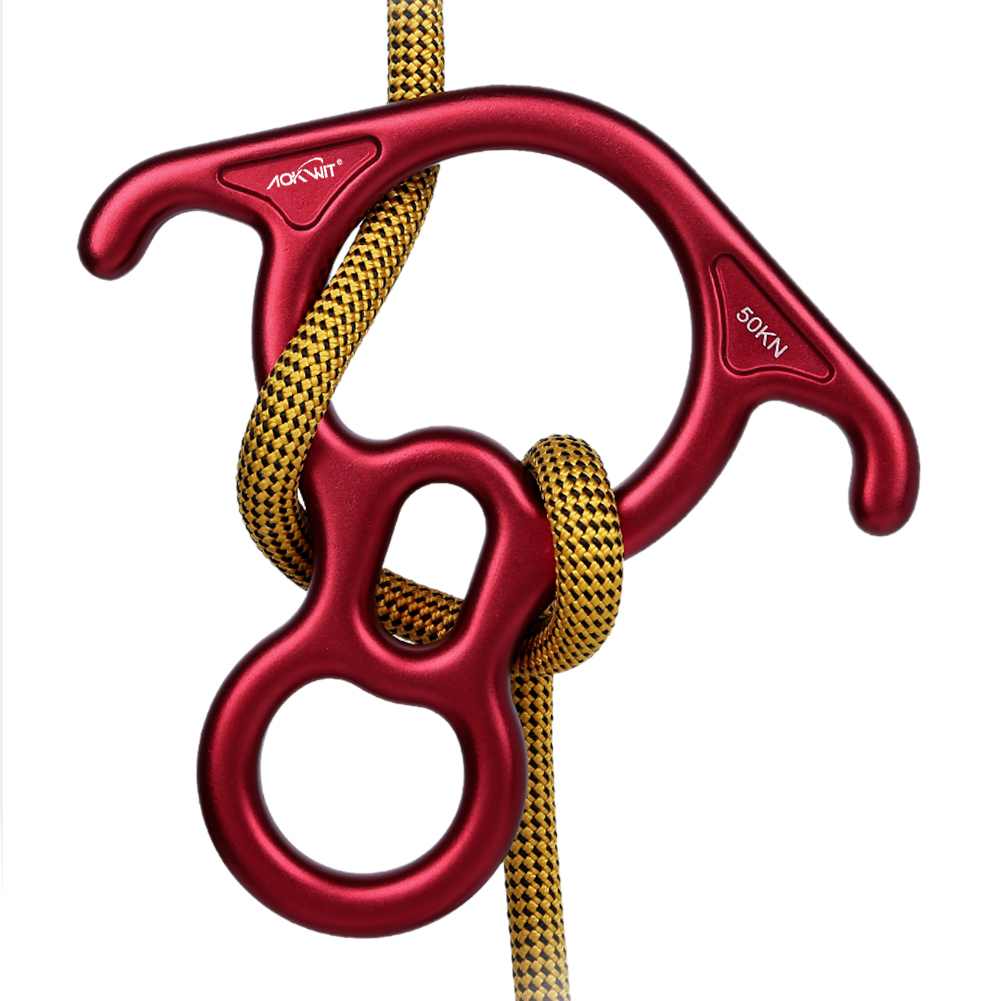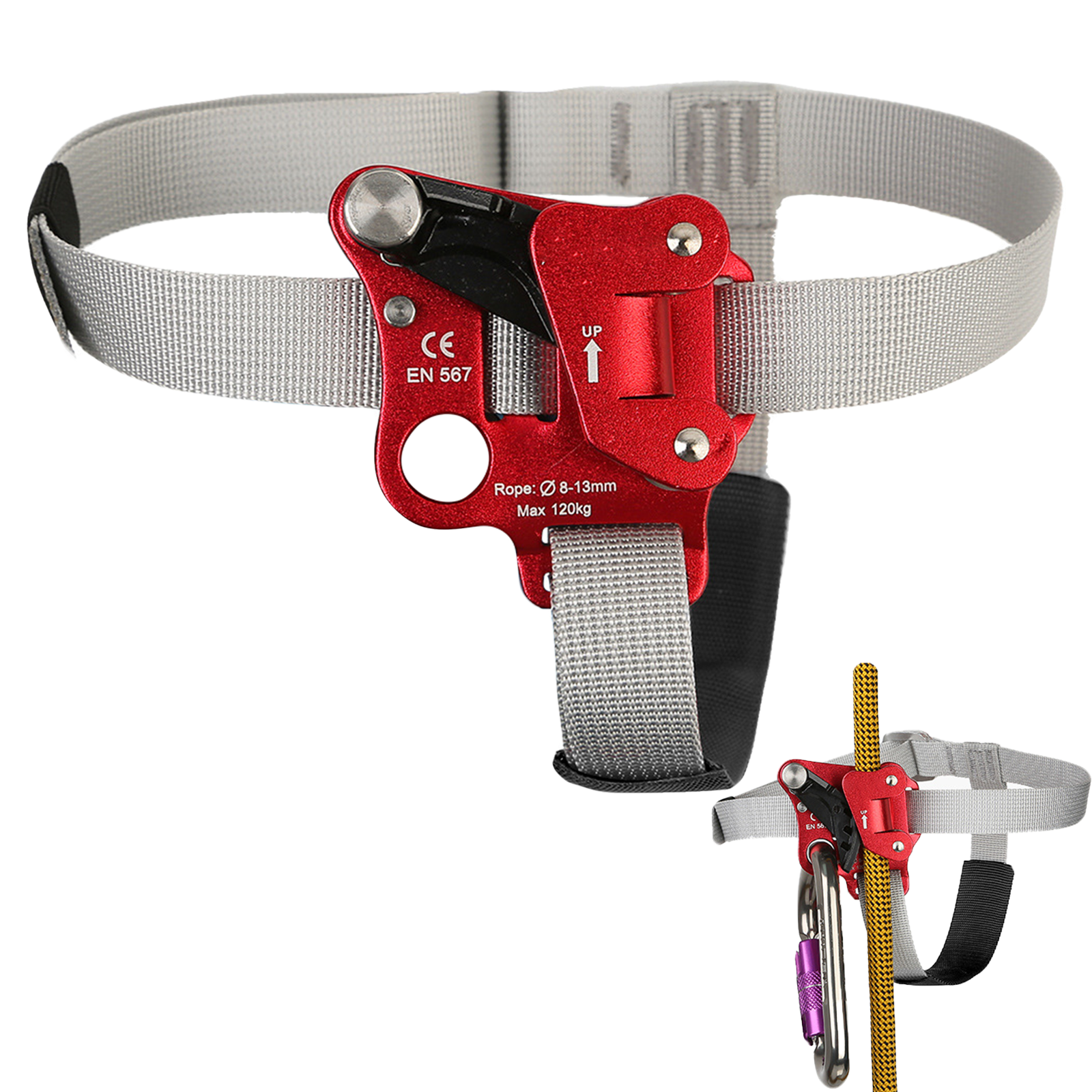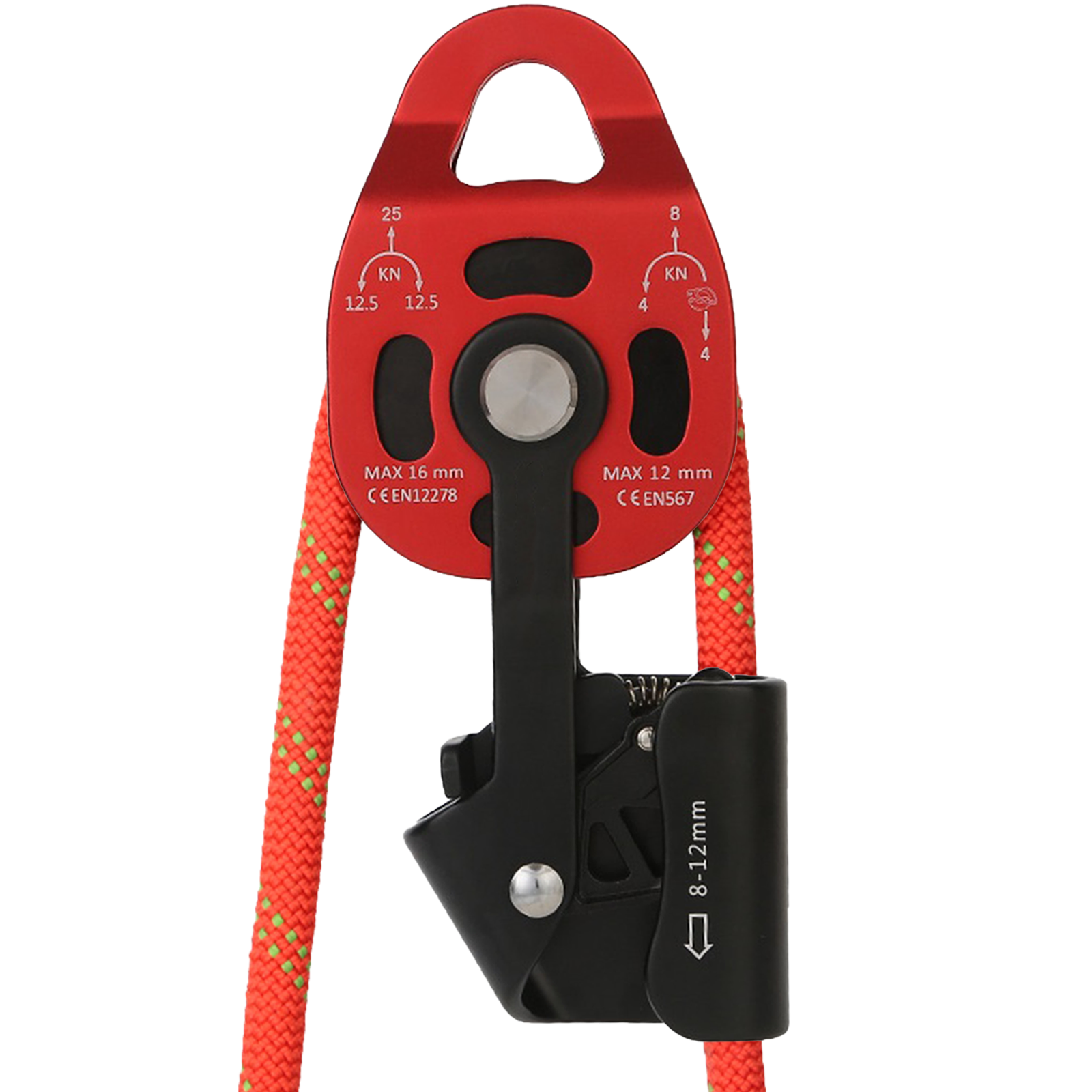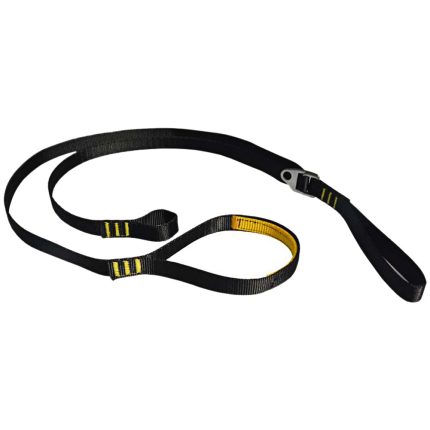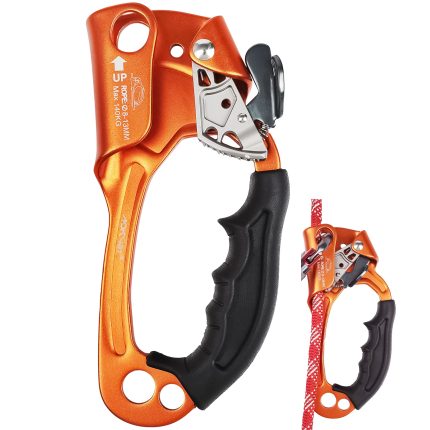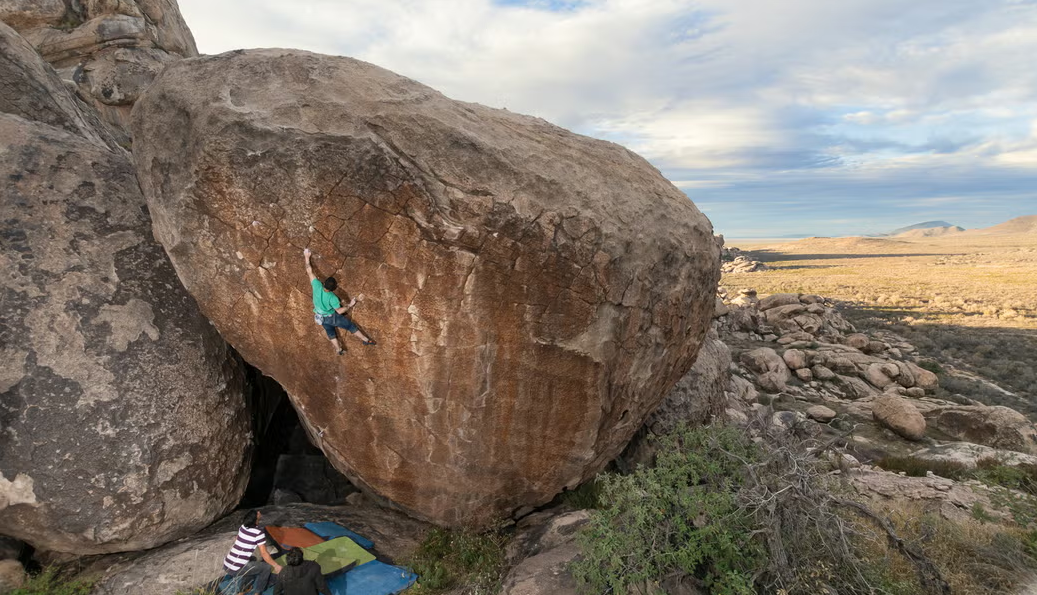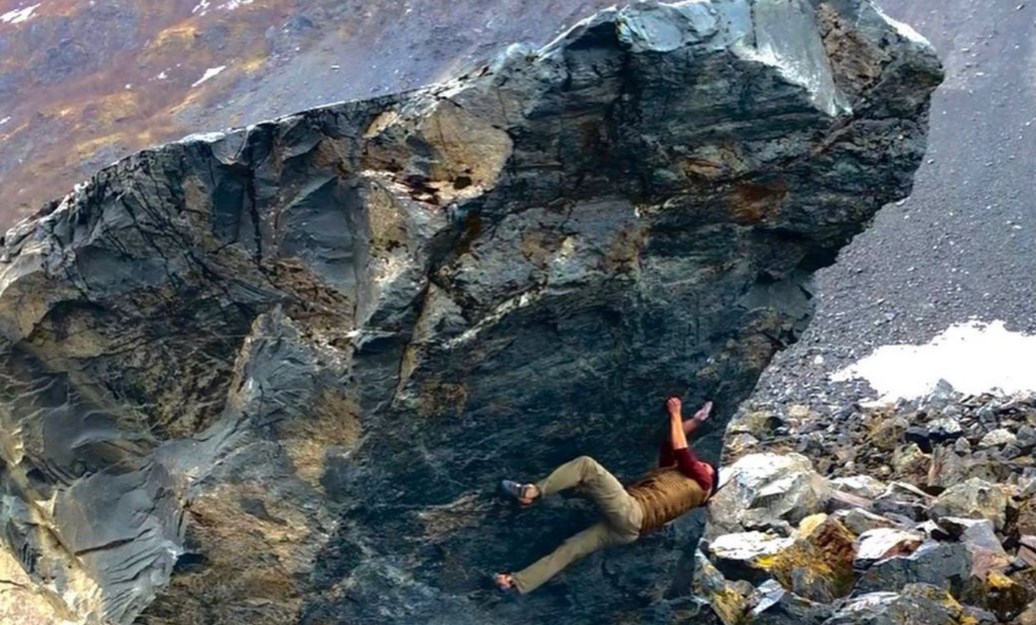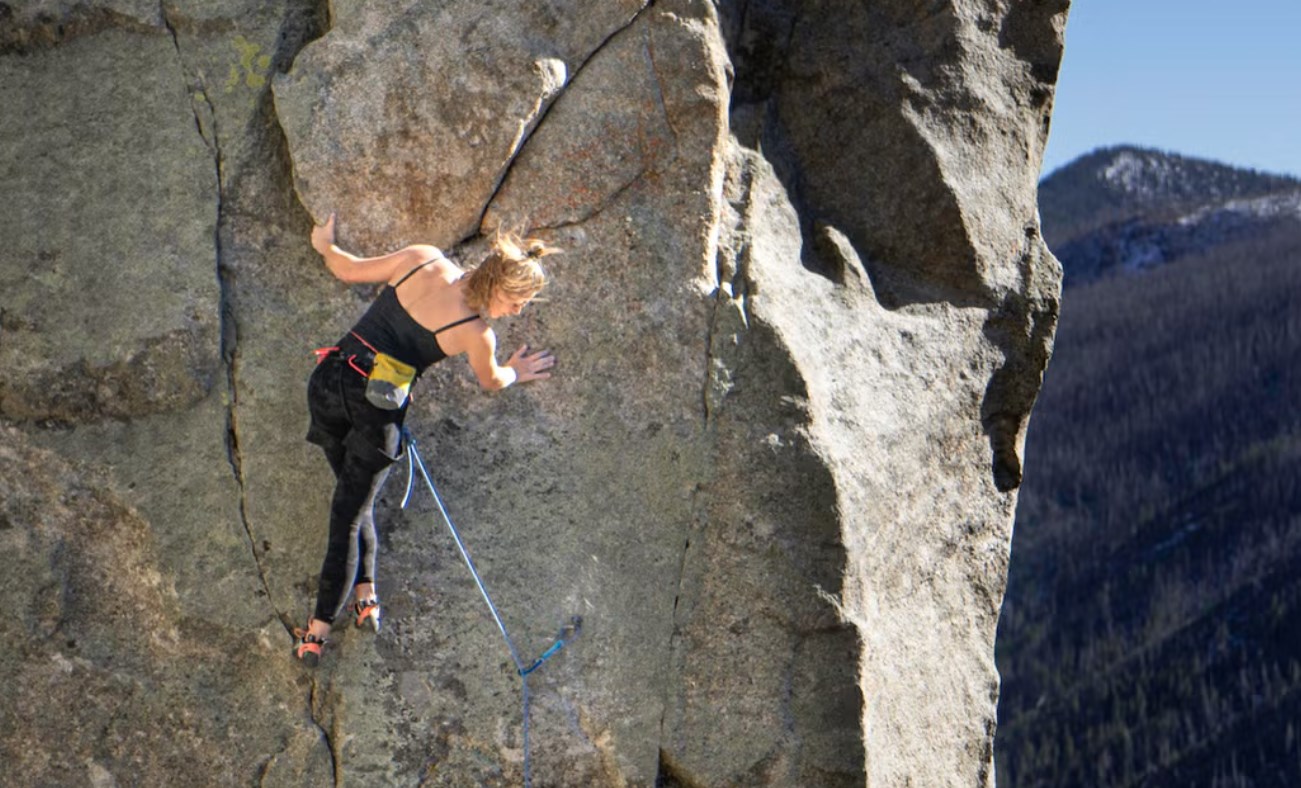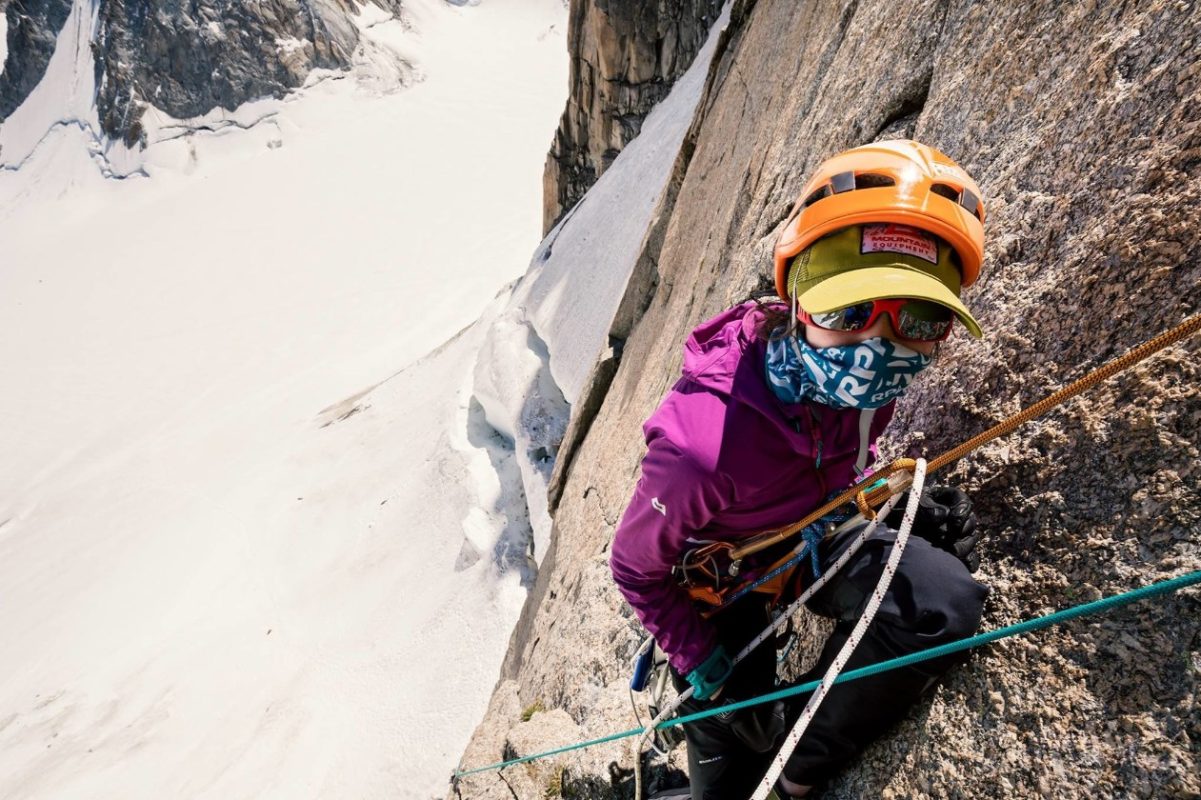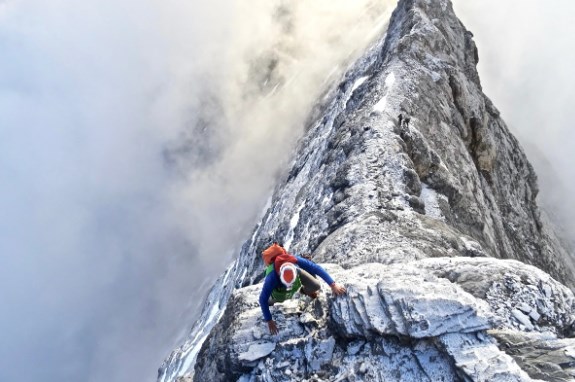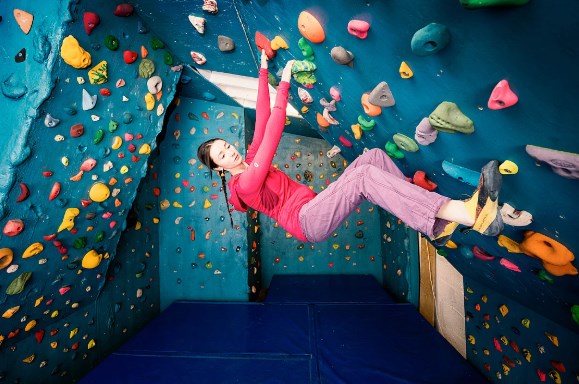How to Become a Qualified Climbing Belayer

When a climber ascends the rock face, they essentially entrust their safety and life to the belayer below. Therefore, every belayer carries significant responsibility.
Moreover, a qualified belayer allows the climber to focus entirely and climb confidently towards their goal, providing crucial psychological support.
The most important traits of a qualified belayer are “safety awareness” and “sense of responsibility“.
Safety awareness manifests in every detail of climbing, formed through habitual adherence to standardized procedures. A sense of responsibility requires genuine understanding and experience.
I. Never Forget the Safety Check Before Climbing
Checklist includes:
Is the helmet securely fastened before climbing?
Check the figure-eight follow-through knot.
Mutually inspect each other’s harnesses for correct wear.
Ensure the belay device is correctly attached.
For Top Rope Belaying: Check if the rope runs freely above and ensure the anchor is secure.
For Lead Belaying: The belayer needs to understand the route, ensure the rope is long enough, confirm the climber has sufficient gear, flake the rope and tie a stopper knot, choose a suitable belay position, agree on climbing commands with the climber, and if necessary, pre-clip the first quickdraw.
II. What Should the Belayer Pay Attention to During the Climb?
1.NEVER release the brake end of the rope, whether using a GriGri or ATC. This is fundamental.
2.Top Rope Belaying:
- The belayer finds a suitable stance to avoid the rope interfering with the climber.
- Continuously observe for falling rocks above during the climb.
- Remind the climber not to deviate from the route to avoid pendulum swings.
- Remind the climber about their position relative to the rope.
- Offer encouragement at challenging sections.
- Lower smoothly and evenly after topping out to avoid sudden changes in speed.
- Slow down near the ground to ensure the climber lands safely and steadily.
3.Lead Belaying:
- During the climb, focus intensely for the first three clips to prevent the climber from decking (hitting the ground) in a fall. Adjust your position based on the climber’s direction.
- For the first three clips, stay close to the wall and positioned slightly to the side and below the climber to prevent the climber from landing on the rope or hitting the belayer if they fall.
- Constantly monitor rope slack and feed rope promptly.
- Alert the climber promptly if you observe climbing errors.
- Provide appropriate cushioning during a fall to reduce impact forces and prevent injury.

Lead belaying requires careful attention to the amount of rope fed out.
Maintain clear communication with the climber throughout the climb. Use concise language and speak loudly.
III. How Much Cushioning Should Be Given During a Lead Fall?
The amount of rope to give during a leader fall depends on the specific situation. This is a matter of experience requiring significant time and practice to develop.
Generally, when a lead climber falls, the belayer should feed out rope slightly (“give”) rather than pulling it tight (“taking in”).
Typically during climbing, the rope angle between the climber and the belay device should be kept at approximately 45 degrees. If the climber falls, the moment you feel the pull on your belay device and harness, gently relax your brake hand slightly, allowing the rope to slip slowly through your hand to achieve the cushioning effect.
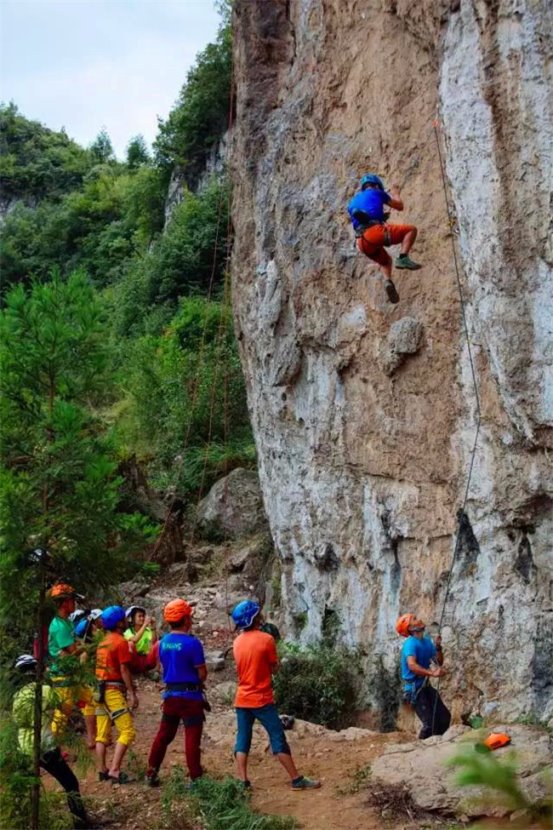
If using an auto-locking belay device (like a GriGri), when the climber falls, prepare by standing close to the base of the wall. As the force of the fall reaches the device and your harness, gently jump upwards towards the wall to provide cushioning.
IV. How to Operate During a Fall in Special Terrain?
If encountering special terrain, such as ledges or protruding features below the climber, careful attention to rope length is crucial – too little rope could cause injury from hitting the ledge, while too much could result in a longer fall onto the ledge or feature.
In this situation, the belayer might consider giving more rope to allow the falling climber to clear the ledge or hazard, or giving less rope – but this “less” must be precisely calculated to prevent the climber from hitting the ledge. When faced with complex terrain like this, it’s advisable to find a highly experienced climbing belayer.
V. How to Belay with a Significant Weight Difference?
Generally, it is recommended that the weight difference between climber and belayer should not exceed 15 kg, which is a reasonable ratio. If belaying a significantly heavier climber, consider changing belayers.
If possible, anchor yourself to the ground using fixed points, or if there’s a tree behind you, connect your harness to it using a sling. It is best to use an auto-locking belay device in these situations.
VI. How Can the Belayer Protect Themselves?
When belaying in complex terrain, choose an auto-locking belay device or clear the belayer’s area beforehand. The belayer MUST wear a helmet during every belay. If rockfall occurs, immediately move close to the base of the wall directly underneath for shelter – NEVER look up.
Conclusion:
Regarding the belayer’s sense of responsibility, it is an inner commitment and a spirit of unwavering support. The meticulous safety check before every climb, the enjoyment of each climbing experience, reflects your rigorous and responsible attitude towards your partner. It manifests as a crucial reminder at a critical moment, a simple stopper knot, an embrace and encouragement after each failure, and the hand that firmly holds the rope end.
